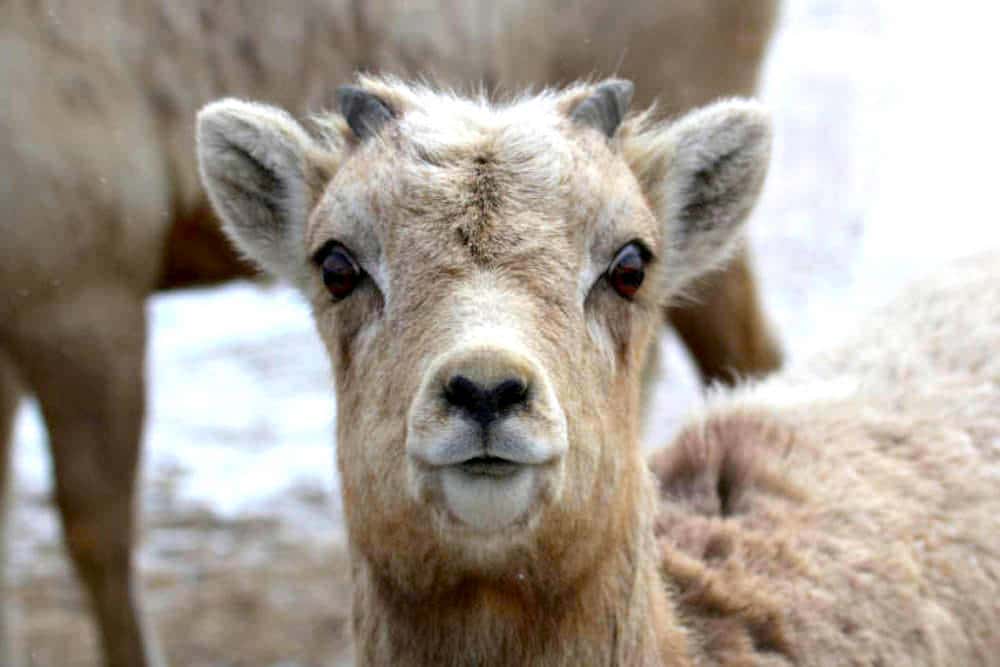appaloosa
Well-known member
Meanwhile in Wyoming.... The USFS, under heavy pressure form the livestock industry and the state department of ag, is looking to undo decades of work and millions of dollars in financial contributions from groups including the WSF an TU to benefit a handful of sleazy woolgrowers who are bent on gaming the system in their favor... again.

 www.wyofile.com
www.wyofile.com

Forest Service moves to weaken bighorn protections in Wyo Range - WyoFile
A rule change could open about 124,000 acres of habitat protected by grazing-allotment buyouts to domestic sheep.





